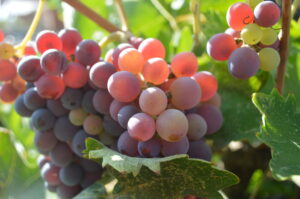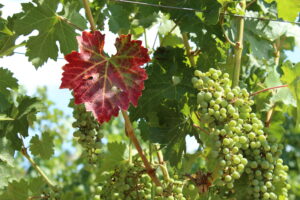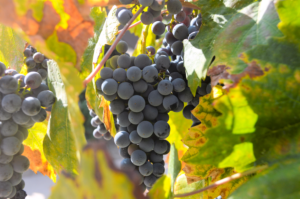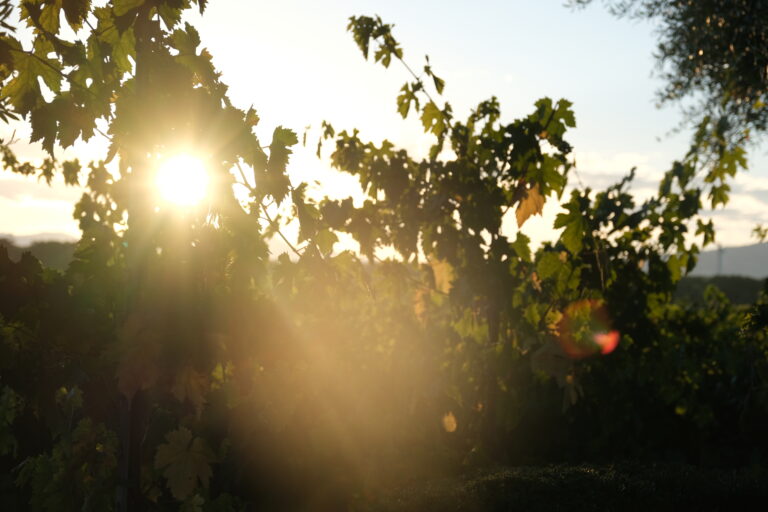
As our planet faces the escalating impacts of climate change, the wine industry stands at a crossroads, tasked with safeguarding a tradition that dates back thousands of years. This journey into uncharted climates is not just about adapting to survive; it’s about evolving to thrive, ensuring that every glass of wine continues to tell a story of resilience, innovation, and deep respect for the earth.
The imperative to understand and address these challenges is twofold. Firstly, it preserves the nuanced artistry and complex science that define winemaking. Secondly, it underscores the wine industry’s role in the broader environmental narrative, highlighting its potential to influence sustainable practices and climate awareness within agriculture and beyond.
The Climatic Shift in Viticulture
Viticulture’s delicate dance with nature is becoming increasingly complex as temperatures rise and weather patterns shift. These changes are not just theoretical; they are tangible, affecting the very essence of winemaking. Grapes ripen faster under warmer conditions, altering their sugar, acid, and phenolic compositions. This acceleration disrupts traditional harvest schedules, challenging winemakers to maintain the balance and integrity of their wines.
The variability in climate not only tests the adaptability of vineyard management but also raises questions about the long-term viability of certain grape varieties in their traditional regions. As winemakers grapple with these changes, the quest for understanding and adaptation becomes ever more critical, blending centuries-old wisdom with innovative practices to navigate the future of viticulture.
Regional Responses to a Warming World
Climate change does not respect the borders of wine regions, impacting each area in unique and challenging ways. For instance, the famed vineyards of Burgundy, which have thrived under specific climatic conditions for centuries, now face the threat of increasingly frequent heatwaves and droughts, potentially altering the characteristic profiles of their Pinot Noir and Chardonnay wines. Conversely, cooler wine-producing areas, such as Canada’s Okanagan Valley, find themselves on the cusp of opportunity, as rising temperatures may allow for the cultivation of grape varieties previously unsuited to their terroir.
These regional impacts are prompting a diverse array of adaptations. In some areas, research into heat-tolerant grape varieties is underway, while others explore innovative water management techniques to combat drought. Each region’s response is a testament to the wine industry’s resilience and ingenuity, offering valuable case studies for how agriculture, more broadly, can adapt to climate change.
Innovating Vineyard Management
The evolving climate has catalyzed a renaissance in vineyard management, with vintners revisiting and revising traditional practices. New approaches to pruning, trellising, and site selection are being employed to mitigate the effects of higher temperatures and erratic weather patterns. These adjustments aim not only to protect the vines but also to ensure that the grapes achieve optimal ripeness and balance, preserving the wine’s quality and character.
Moreover, the introduction of drought-resistant grape varieties represents a forward-thinking strategy to ensure sustainability. By diversifying the genetic portfolio of vineyards, the wine industry is laying the groundwork for resilience in the face of climatic uncertainty. These innovations in vineyard management are crucial steps in a comprehensive approach to climate adaptation, blending tradition with technology to secure the future of wine.
Adjustments in the Winemaking Process
As the characteristics of grapes shift with the changing climate, so too must the techniques used to transform them into wine. Winemakers are finding themselves adjusting fermentation temperatures, experimenting with new yeast strains, and reevaluating aging processes to align with the altered profiles of their grapes. These adaptations are essential to maintain the stylistic signature and quality of their wines, even as the raw ingredients evolve.
The drive for innovation extends to winery operations, where advancements in technology offer new avenues for climate resilience. From energy-efficient cooling systems to water reuse programs, wineries are investing in sustainable technologies that not only reduce their environmental footprint but also safeguard their operations against the variability introduced by climate change. These adjustments in winemaking and winery practices are pivotal, ensuring that the industry can continue to produce exceptional wines without compromising its commitment to the planet.
Embracing Sustainability: Vineyards and Beyond
The transition towards sustainable and eco-friendly practices is gaining momentum across the wine industry. Recognizing the role of agriculture in climate change, wineries and vineyards are implementing practices that contribute to environmental health, such as organic farming, biodiversity conservation, and carbon sequestration. These practices not only mitigate the impact of climate change but also enhance the terroir, enriching the wine’s connection to its place of origin.
Beyond the vineyard, the industry’s embrace of sustainability extends to packaging, transportation, and energy use. Lightweight bottles, renewable energy sources, and efficient logistics are just a few examples of how the wine industry is reducing its carbon footprint. By integrating sustainability into every facet of production and distribution, the wine industry is not just adapting to climate change but actively participating in the global effort to combat it.
Economic Considerations and Market Dynamics
The economic implications of climate change for the wine industry are multifaceted. On one hand, the cost of adapting vineyards and wineries to new climatic realities can be substantial, particularly for smaller producers. On the other hand, the shifting climate is creating new wine regions and altering the global wine map, potentially redistributing market shares and consumer preferences. This dynamic landscape presents both challenges and opportunities for the industry, as it navigates the financial realities of climate adaptation and explores new markets and terroirs.
Moreover, the industry’s response to climate change is also shaping consumer perceptions and behaviors. As awareness grows, so does the demand for wines produced with sustainable practices. This shift in consumer preference underscores the importance of the wine industry’s economic strategies in addressing climate change, not just as a matter of survival but as an opportunity for growth and innovation.
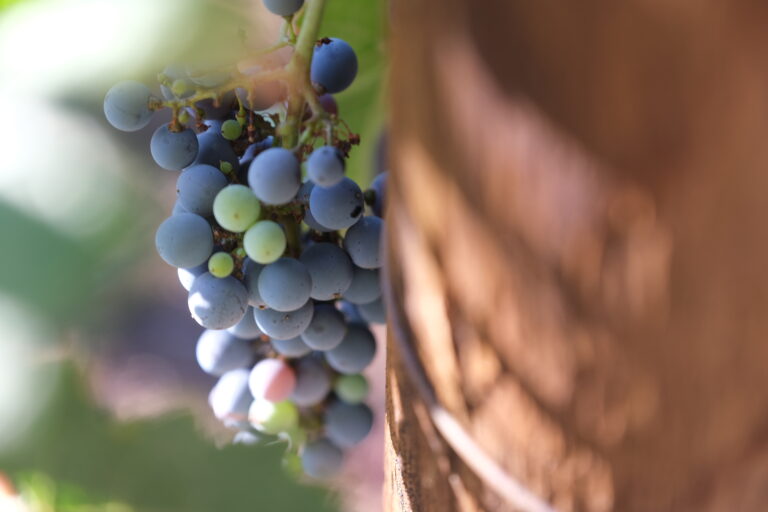
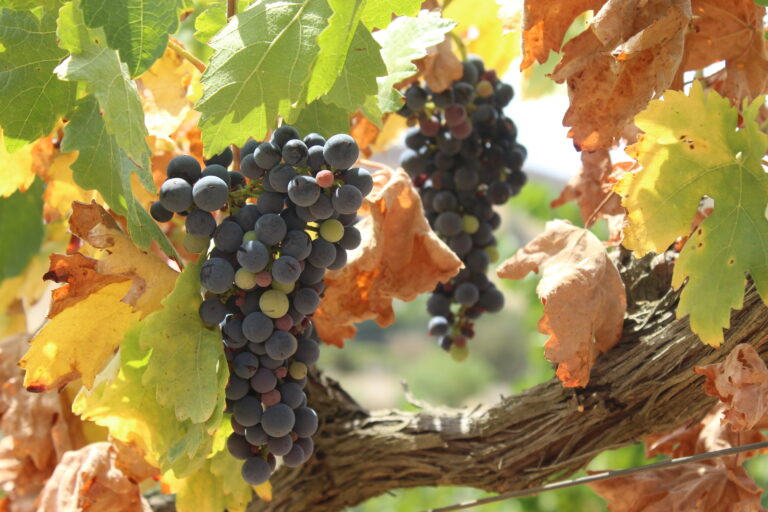
Fostering Research and Collaborative Innovation
Understanding and mitigating the effects of climate change on wine requires ongoing research and collaboration. From studying grapevine genetics to developing new viticultural techniques, scientific research is at the heart of the industry’s adaptation strategies. Collaborations between academic institutions, research organizations, and wine producers are essential, pooling resources and knowledge to tackle the complex challenges posed by a warming planet.
This collaborative spirit extends beyond research, encompassing joint efforts among wineries, industry associations, and governments to develop policies and practices that support sustainability and resilience. By working together, the wine industry can amplify its impact, driving innovation and sharing solutions that benefit not only wine producers but the broader agricultural community and the environment.
The Future of Wine in a Warming World
As we look to the future, the wine industry’s journey through the landscape of climate change is marked by both uncertainty and hope. Predictions for the industry’s trajectory are as diverse as the wines it produces, with each scenario reflecting the complex interplay between environmental conditions, technological advancements, and human ingenuity. What remains clear, however, is the industry’s commitment to preserving the heritage and quality of wine through proactive and innovative responses to climate change.
The challenges ahead are daunting, but so too is the resolve of those who steward the vineyards and craft the wines. By embracing change, pursuing sustainability, and fostering a culture of collaboration and research, the wine industry can continue to thrive. It’s a testament to the adaptability and resilience of wine producers worldwide, and a reminder of the critical role of all industries in addressing the global challenge of climate change.
In raising our glasses to the future, we celebrate not just the wine itself but the spirit of innovation and stewardship that defines the industry’s response to climate change. Here’s to a future where wine continues to bring joy and connection, rooted in the sustainable care of our planet.

